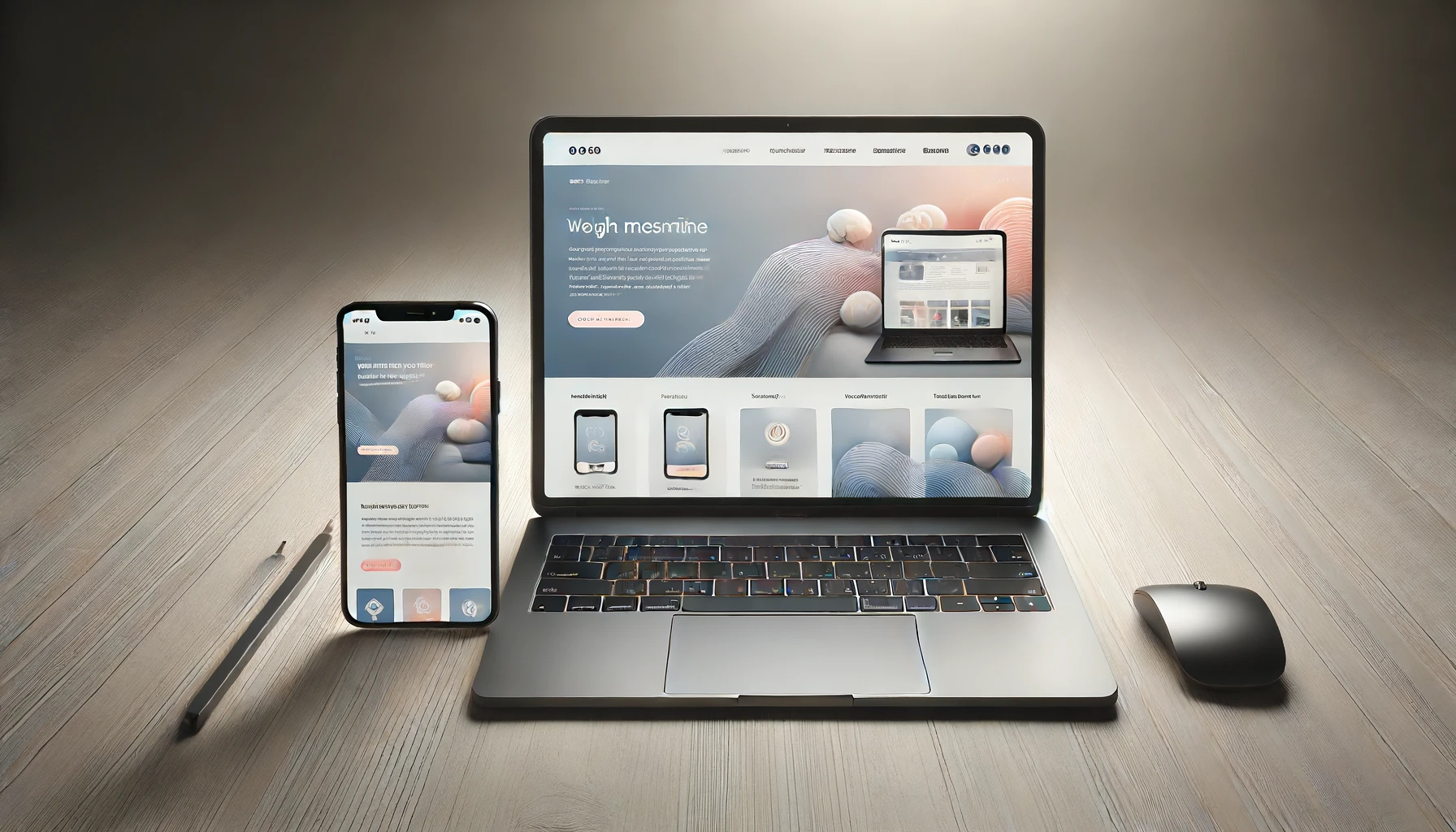In today’s digital age, where mobile devices dominate internet usage, ensuring your website is
optimized for mobile responsiveness is not just a trend but a necessity. Mobile responsiveness
refers to how well your website adapts and functions on various mobile devices, such as
smartphones and tablets. Here’s why focusing on mobile responsiveness can significantly impact
your online success:
Importance of Mobile Responsiveness
Mobile Traffic Dominance: Statistics consistently show that a significant portion of web traffic
originates from mobile devices. This trend is only expected to grow, making it imperative for
businesses to cater effectively to mobile users.
User Experience (UX) Optimization: User experience is directly tied to conversion rates and
customer satisfaction. A mobile-responsive website ensures that users can navigate seamlessly,
read content easily, and interact with your site without frustration. Positive UX translates into
higher engagement and lower bounce rates.
SEO Benefits: Search engines like Google prioritize mobile-friendly websites in search results,
especially for searches conducted on mobile devices. By improving mobile responsiveness, you
enhance your chances of ranking higher in mobile search results, driving more organic traffic to
your site.
Competitive Advantage: A website that performs well across all devices portrays
professionalism and reliability. In contrast, a non-responsive site may deter potential customers
who expect a seamless experience. By investing in mobile responsiveness, you differentiate your
brand and gain a competitive edge in your industry.
Best Practices for Mobile Responsiveness
- Responsive Design: Implement a responsive web design framework that automatically
adjusts the layout and content based on the user’s screen size and orientation. - Optimized Images and Media: Use compressed images and videos optimized for
mobile viewing to ensure fast loading times and smooth performance. - Touch-Friendly Navigation: Design navigation elements and interactive components
that are easy to tap and swipe on touch screens. - Performance Optimization: Prioritize performance optimization, including fast load
times and minimal server requests, to enhance the mobile user experience. - Cross-Device Testing: Regularly test your website across different mobile devices and
screen sizes to identify and fix any usability issues.
In conclusion, prioritizing mobile responsiveness isn’t just about adapting to current trends; it’s
about meeting the expectations of your audience and optimizing your digital presence for long-
term success. By ensuring your website delivers a seamless experience across all devices, you
